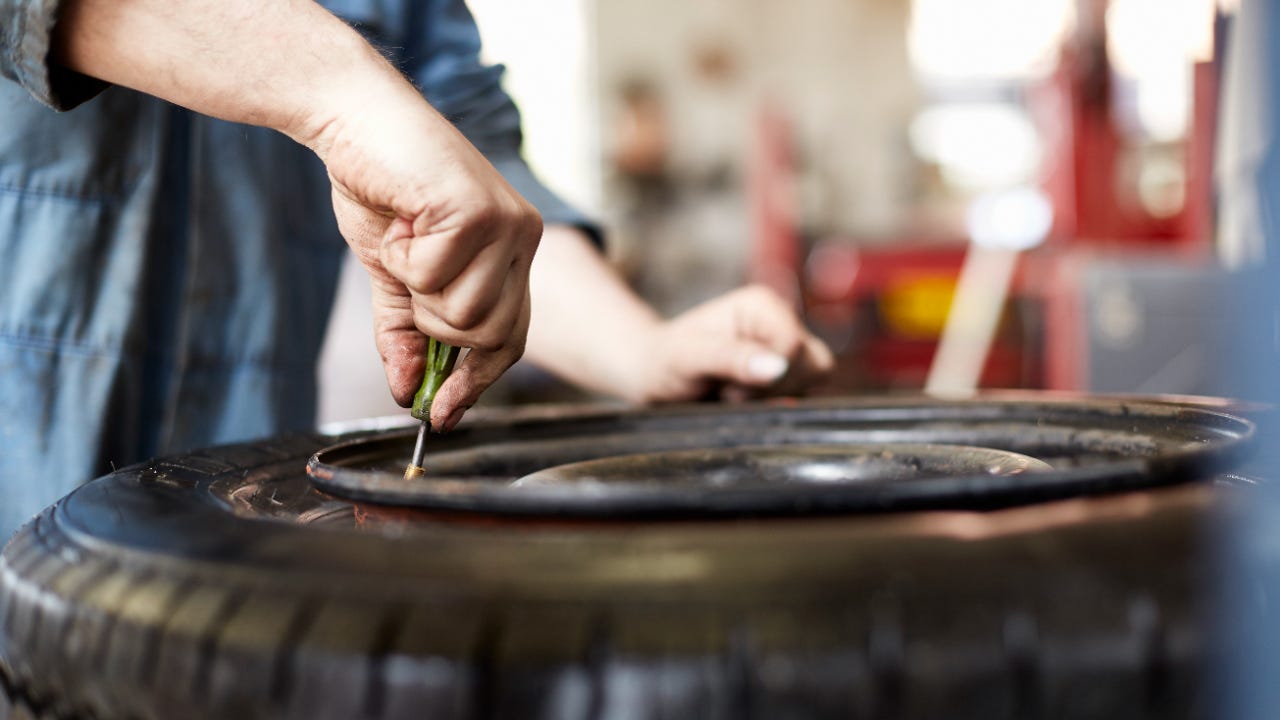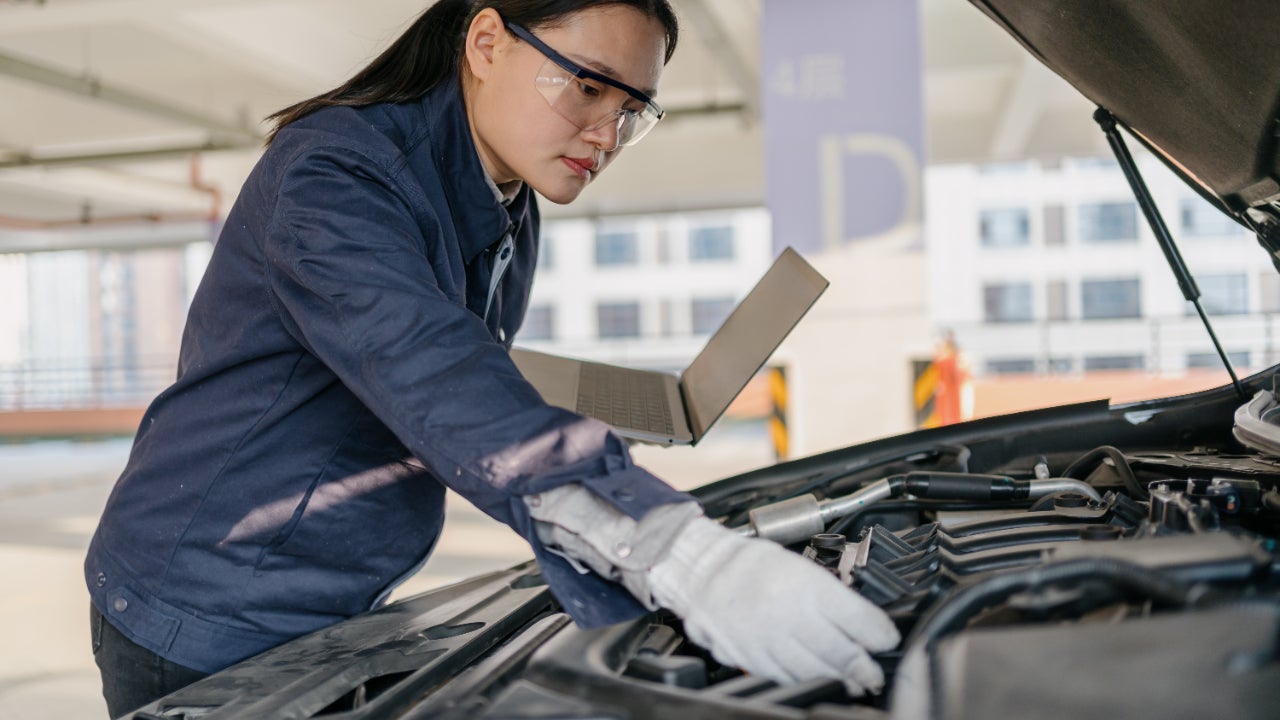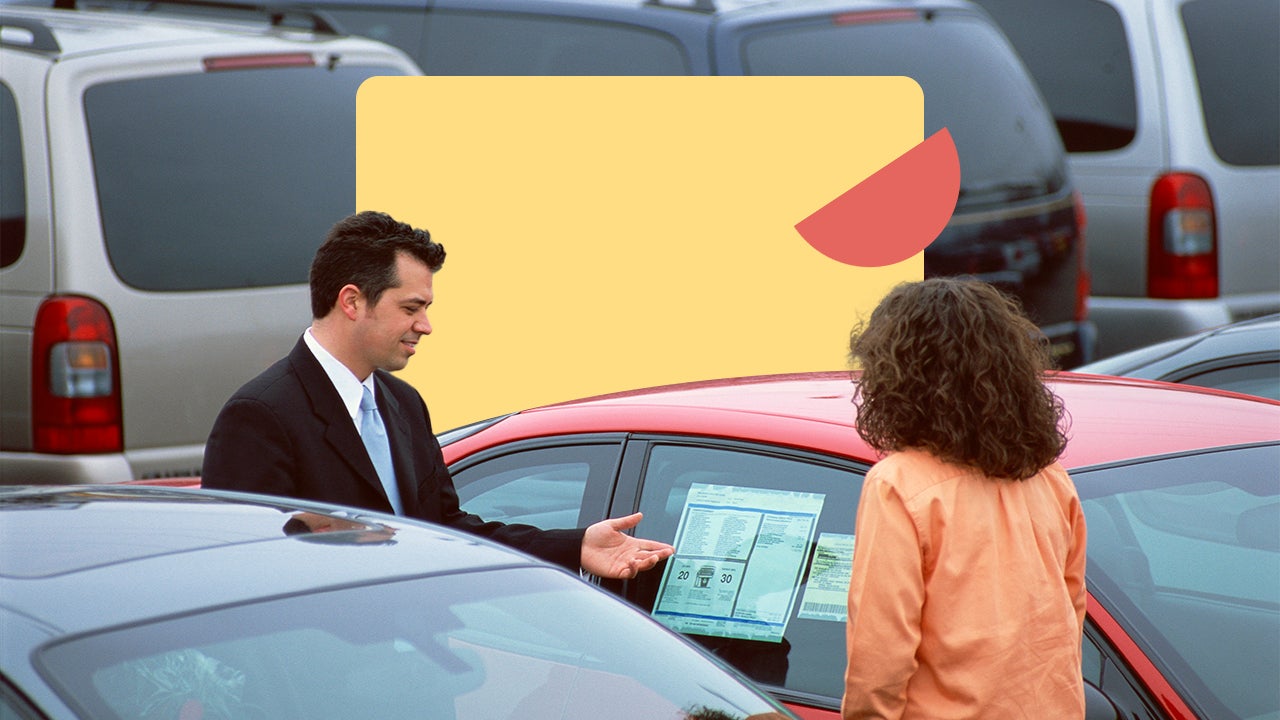Are used tires safe for your car? No, and here’s why

Key takeaways
- In general, the savings do not outweigh the safety risks of buying used tires.
- Used tires will also typically need to be replaced sooner due to lower tire tread depth, reducing the amount you save overall.
- You can save money in other ways, like keeping up on regular maintenance to avoid expensive repairs and driving well to avoid added tire wear.
While buying a used car is a great option to save money while still getting a reliable vehicle, buying used tires for your vehicle is more of a liability. But is it ok to buy used tires if you’re in a pinch?
Even though used tires may save you money, the risk is not worth the savings. You often cannot see problems with used tires with your naked eye, and a damaged tire can lead to a dangerous accident. In 2021 the National Highway Traffic Safety Administration found 622 traffic fatalities in tire-related crashes.
Reasons to avoid buying used tires
Mechanics, junkyards and sometimes even tire shops will sell tires that are used as an alternative to consumers who experience sticker shock over replacing their worn tires. It’s not uncommon for these tires to be priced at half the cost of new — sometimes less.
But are used tires safe? The temptation to save money by buying used tires is not necessarily a safe choice, even if the tires look like they are in good condition.
Tires deteriorate over time
The rubber in tires ages over time even if unused or barely used. Sources differ on how long tires can provide safe transportation before the rubber fails.
Automakers’ and tire manufacturers’ recommendations for tire replacement, regardless of wear, range from six to 10 years. Exposure to heat, sunlight, humidity and salt are just a few factors impacting how a tire breaks down. Worse, you can’t always look at a tire and know whether the rubber has aged.
Unknown history
The biggest problem when buying used tires is that you don’t know their history. Even if they appear barely used, their life span may have been diminished in numerous ways. They may have hit curbs or potholes, got punctured and repaired, been exposed to high temperatures or endured harsh weather.
No rules and regulations
In most states, used tires need not conform to the rules and regulations enforced on new tires. Buying new tires from a legitimate seller is a much safer route. New tires must adhere to federal standards for tire size, treadwear, traction performance and temperature resistance — all things that keep you safe.
However, it’s important to check with your state. For instance, California signed a law in 2019 requiring all used tires to meet designated safety criteria for tread depth and tire integrity.
They’ll wear out faster
Used tires typically have a lower tread depth than new tires, meaning they must be replaced sooner. While the initial cost of buying a used tire will be less, replacing it sooner will be more expensive in the long run.
Buying new tires upfront will save money over the long haul. Unlike used tires, new tires may also have manufacturer warranties, which could also help you save if something goes wrong.
Other ways to save money on vehicle expenses
All parts of vehicle ownership can be expensive. But instead of buying used tires and risking your safety, consider other ways to save money on your car.
- Only purchase a vehicle you can truly afford.
- Get a lower payment by refinancing your auto loan.
- Drive carefully and avoid speeding to reduce wear on tires.
- Keep up with your vehicle maintenance.
- Establish a relationship with a good mechanic to save money on car repairs and prevent more expensive repairs down the line.
- Keep your tires properly inflated so they do not wear excessively or unevenly.
Buying used tires is not worth the risk
The bottom line is that it is not worth risking your own safety to save money on tires. Common financial advice encourages spending more on things that separate you from the ground. Tires certainly fit the bill. While new, quality tires are pricy, they also are the basis of safe driving.






